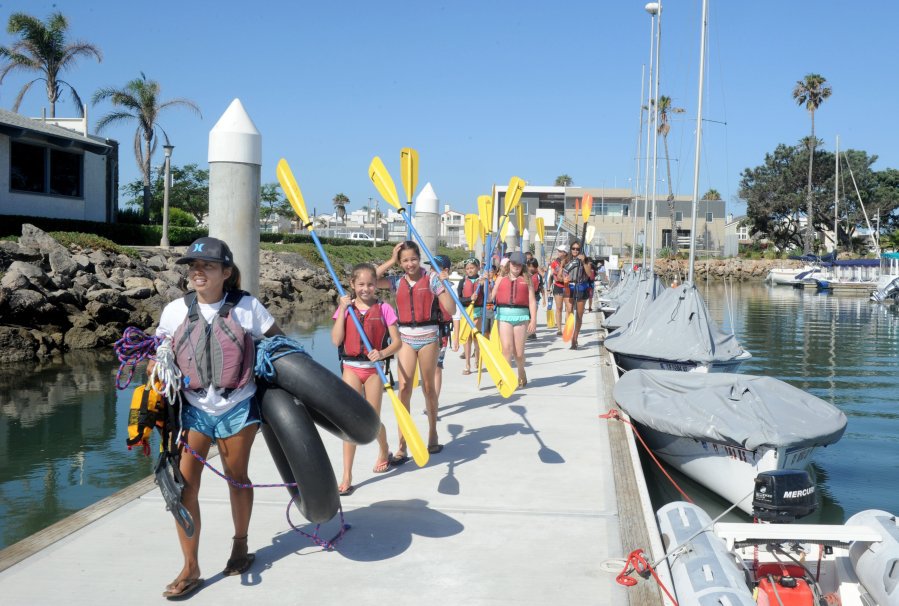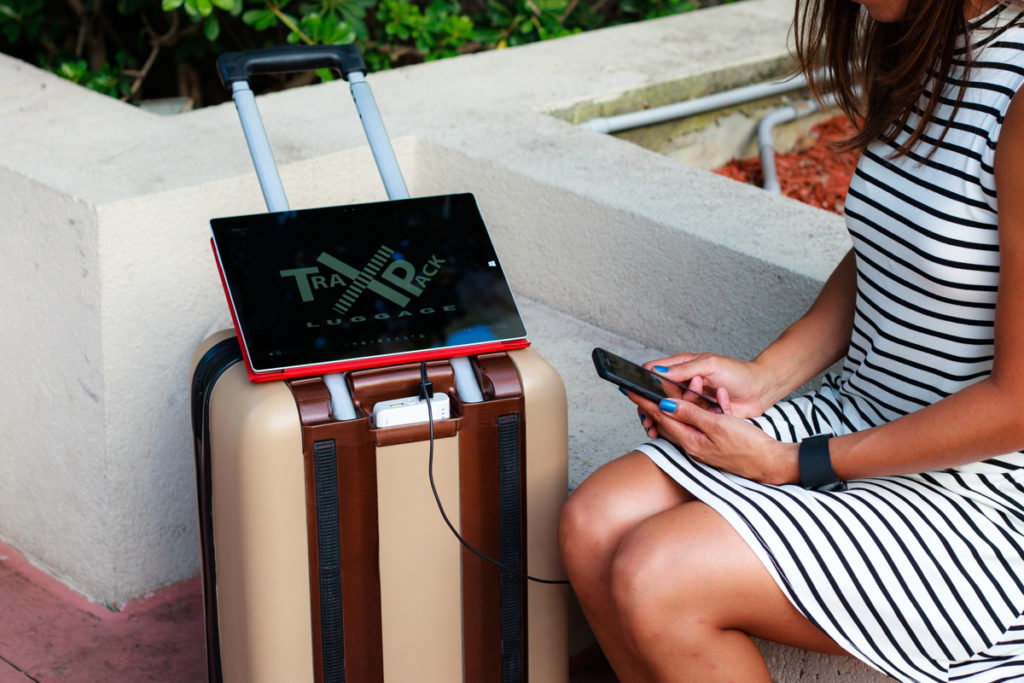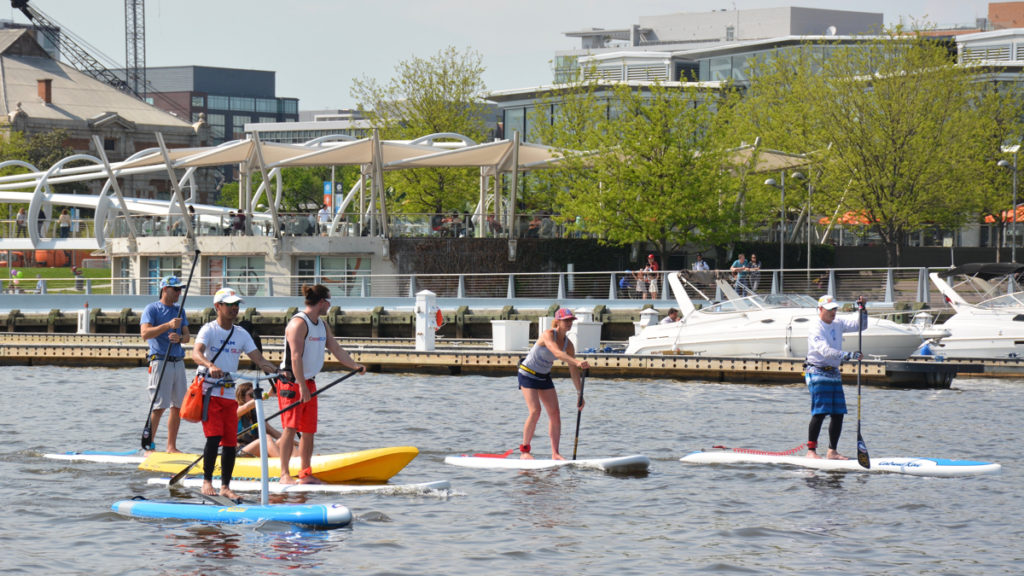
Millennials Demand Functional Luxury
Published on September 1, 2017High-spending Baby Boomers, floating concrete docks and affordable fiberglass boats built the boating and marina industries we know today. That was then. Today we are facing a serious challenge: as Boomers pass the keys and floating key fobs to the next generation of boaters, who are they passing them to? What do these new boaters want in a marina?
Millennials are the up and coming generation and will make up the bulk of our boating population. They are attracted to a different set of facilities and services than those that once satisfied the Boomers.
The definitions of Millennial vary, but they are generally described as those born from the early 1980s to the early 2000s. At about 80 million souls, they are the largest demographic cohort in U.S. history. Understand their approach to life and you have a window into the future.
In an industry with long-life products made of concrete, things don’t change as rapidly as, say, the fashion industry. Many of our marinas have a simplicity and sameness that is comforting, like turning into a McDonald’s in a strange town on a road trip. You know what to expect.
Normally, fashion trends don’t make a ripple in the marina business, but that is changing. No, we’re not excited to learn the latest fall colors. Rather, the fashion industry is moving toward us.
The marina industry has long emphasized quality, functionality and a satisfying experience at a reasonable price. Millennials are driving us deeper into these basic principles and shifting how we define functionality. A marina considered highly functional 30 years ago would not meet today’s standard. Just as a house built 30 years ago is lacking in the functionality found in most modern homes.
With the advent of the Millennial, product producers and service providers of every kind are paying attention to these same bedrock ideas and shifting their approaches to meet the needs and expectation of our changing market place.
They even have a word for it: “functional luxury.” (Look it up: see discussion at Ogilvy & Mather.) It’s the next big thing, and the marina industry been doing it for years. Who knew!
Millennials make up 27 percent of the population in America and are more multicultural than the Boomers. Millennials like to be in control and prefer to customize their customer experience. They seek a unique product or service that best fits their needs. Always digitally connected, they effortlessly span multiple communication channels and cross channels. Disney theme parks developed a “Magic Band” that serves as their park ticket and is used to pay for meals: it also allows Disney to track their journey through the park so the company can improve the park experience.
Have you met HENRY?
HENRY stands for “high earning not rich yet.” They’re confident, self-reliant and sold on the benefits of technology. They have disposable income but haven’t yet accumulated wealth. They may drive a BMW, but it’s leased. If they live in one of those high-tech corridors with astronomical home prices, they’re reluctant renters.
They are not impressed by luxury brands and are skeptical about marketing appeals. You’re more likely to find a young female Millennial sweating in her cross-fit workout than spending an afternoon buying $2,000 hand bags. They are comfortable doing almost everything on their smartphones. They want functionality, convenience, a great user experience and quality: in other words, functional luxury.
The genius of Starbucks is that they provide a customized customer experience. Famous for the permutations of coffee, the layout of the store is also tailored to the individual. Here there’s a comfy leather chair next to a fireplace, over there is a sturdy steel table for your computer. It’s all at Starbucks: functionality and quality all within a personalized, tailored experience.

Two other examples come to mind. The iPhone, the all-time world’s best-selling product (one billion sold as of 2016) needs no explanation. And here’s a new one, just introduced: TraxPack luggage. Sliding tracks on the side let you pull the bag up or down stairs. A built-in scale tells you its weight; it has a TSA accessible lock and a phone and computer charger. A built-in media stand turns your suitcase into a desk so you can work on a laptop while waiting to board. TraxPack is functional luxury defined.
Functional Luxury Examples
Around the year 2000, some operators began demanding a signature marina with custom features and accents. Underwater lighting, varied freeboards, and colored and stamped custom decks were introduced. Hard- and soft-wood and composites were used as trim. Yacht Club Costa Smeralda in the British Virgin Islands is an example: underwater lighting, terra cotta-colored decks, recessed flush-deck lighting, ultra-high freeboard on the superyacht dock and wood trim accents create a memorable user experience.
In Sydney, Australia, Rose Bay and Point Piper Marinas incorporate a number of artistically-styled custom features. Power pedestals and gangway railings look and feel like graceful sculptures. The silver and black theme includes raven-colored concrete decks, black-sleeved piling, and black composite power pedestals all accented by polished stainless steel cleats and mega-bollards. Some piling telescope into the deck for clear sight lines. Visitors immediately know they’re in a unique and beautiful marina.
On the luxury end of the scale, Yas Marina in Abu Dhabi has no equal for excitement. A Formula One race track winds through the harbor, so that race cars fly right under the sterns of berthed superyachts. Dramatically designed hotels with incredible lighting systems dot the infield. At night the entire marina is a dazzling display of colors.
From superyachts in Abu Dhabi, we jet west to Marina Park in Newport Beach, California. The park and marina serve a broad spectrum of the population. Marina Park is a great approximation to the Starbucks experience. Whatever you love on land, sand and water, you can find it at Marina Park.

The upland buildings have billowing sail roof architecture and are popular venues for weddings. In addition to 27 transient slips at 40 to 60 feet, the marina has a well-designed low-freeboard dock for sailing dinghies. Visitors rent paddleboards or launch their own human-powered craft from the docks. The marina is also home to a popular sailing school. A davit crane caters to small trailered boats, allowing boaters to easily launch and retrieve their vessels.
Mothers whose tots are too small to go in the rough California surf can walk a few hundred feet inland to the marina’s sandy beaches and play in the calm water of the bay. Playgrounds and basketball courts abound, including imaginative climbing lighthouses. Just as Starbucks created a “make-it-your-own” customer experience, Marina Park has succeeded just as well on the water.
Rounded finger-pier ends are popular options, as at Westpoint Harbor in Redwood City, California, built by Bellingham Marine. They soften the corners of an otherwise rectilinear landscape and are functional. Rounded ends make docking far less stressful, enhancing the boating experience.
Human-powered water craft
Finally, the popularity of human-powered water craft within marinas is exploding. HENRYs and other Millennials love them and so should marina owners. They bring new people to the water and inspire them to embrace boating and explore a lifetime of on-water experiences. Marinas around the world facilitate the sport with low-freeboard and specially-crafted docks that make boarding and debarking much easier.
They have social benefits as well. They invite all segments of the community, including disadvantaged youth, handicapped and people of all backgrounds and ethnicities to enjoy our harbors and waterfronts. That creates an important connection between the marina and the community that puts our industry in a good light; and it’s the right thing to do.
Conclusion
The status quo has changed. A simple marina with traditional berths may not be enough to attract and keep HENRY. HENRY wants more, and functional luxury is a good place to start. Fortunately, there are inspired and creative owners who are leading the way in marinas far and wide. Functional, quality marinas that offer memorable, tailored-to-fit customer experiences will take us forward.
Roxie Comstock presented this material to the Marina Recreation Association in 2016 and has recast her talk into an article for Marina Dock Age.
| Categories | |
| Tags |





